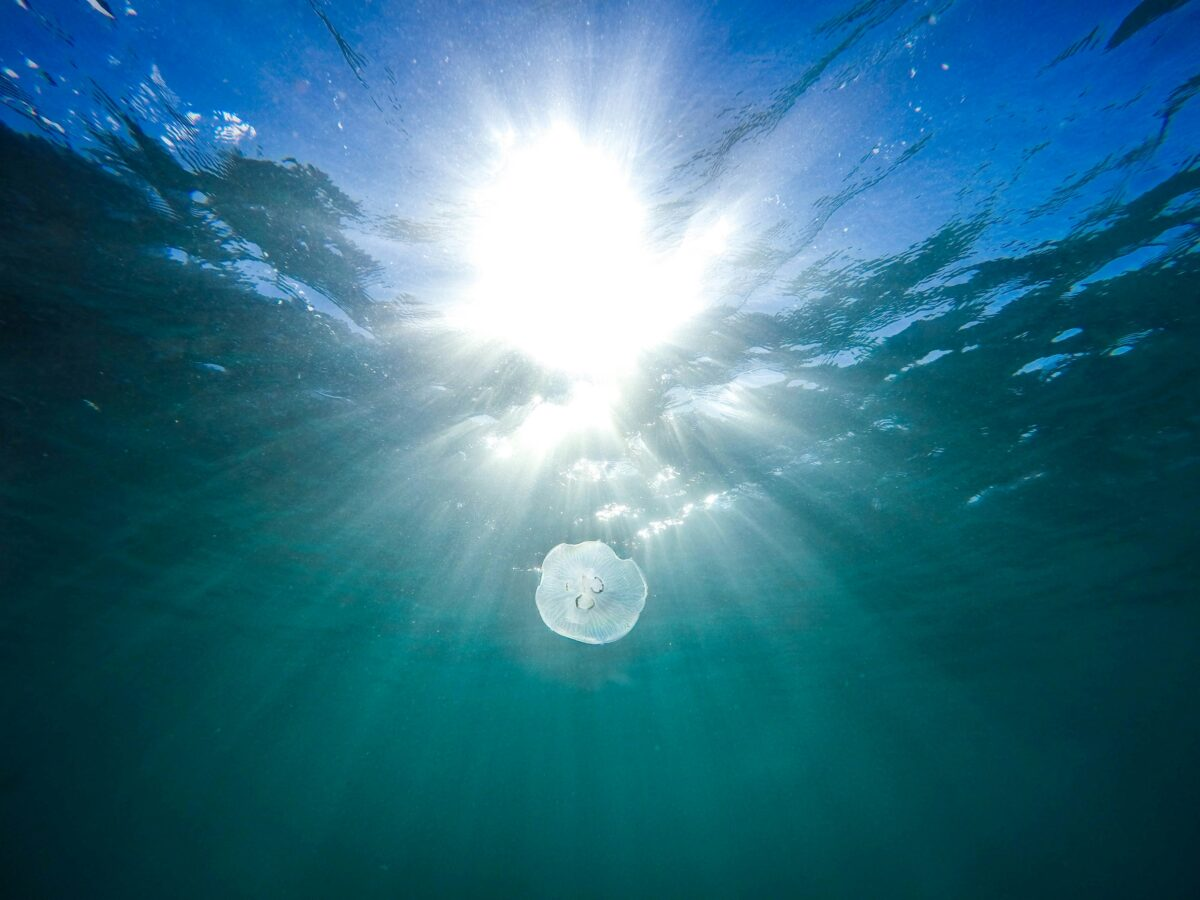Researchers funded by the U.S. Navy have developed a coating for underwater solar cells that combats biofouling while maintaining high levels of light transmission.
Biofouling, the accumulation of biological growths such as algae and barnacles, poses a major challenge for underwater solar cells. These growths can severely diminish the electrical and operational efficiency of the cells, leading to costly maintenance. A team at the Technical University of Denmark has addressed this issue by developing a new coating that combines an organic biocide, a fast-polishing binder, and ultra-low quantities of nano-sized, seawater-soluble pigments.

When the coating comes into contact with seawater, the pigment particles disintegrate, creating a porous layer that allows seawater to seep into the coating. This innovative approach prevents biofouling by facilitating the release of biocidal compounds into the surrounding water while maintaining the coating’s integrity and light transmission.
This technology is particularly beneficial for Unmanned Underwater Vehicles (UUVs) and solar-powered Autonomous Underwater Vehicles (AUVs), which rely on solar panels to convert sunlight into electricity while at the seawater surface. Over time, biofouling can reduce the optical efficiency of these solar panels, impacting the vehicles’ maneuverability and overall performance.

Traditional antifouling coatings, such as silicon-based fouling release coatings (FRCs) and biocidal cuprous oxide (Cu2O), either require mechanical cleaning or block visible light, limiting their effectiveness for UUVs and AUVs. The researchers aimed to overcome these limitations by developing a self-polishing antifouling coating that maintains over 80 percent light transmission and 90 percent solar power generation for at least three months without the need for mechanical intervention.
The innovative coating employs ultra-low concentrations of nano-sized pigments, including cuprous oxide (Cu2O) and zinc oxide (ZnO), combined with an organic biocide and a fast-polishing binder. As the coating interacts with seawater, these pigments dissolve and form a porous layer, allowing seawater diffusion into the coating. This process facilitates the release of biocidal compounds, while the binder matrix reacts with seawater ions to regulate the polishing rate.

The coating erodes gradually through hydrolysis, exposing fresh layers of acrylate polymer and pigments, resulting in a consistent self-polishing effect. The research team experimented with different binder systems, such as silyl acrylate (SA) alone or combined with rosin (SA-R) at a 70:30 ratio, and tested various particle mixes including nano-sized cuprous oxide (NC), nano-sized zinc oxide (NZ), micron-sized cuprous oxide (MC), and the biocide SeaNine 211 (SN).
During tests conducted at the CoaST Maritime Test Centre in Denmark during the summer of 2022, the combined effects of NC, NZ, and SN in an SA-R coating delivered significant fouling resistance over a 12-week exposure period. The champion coating, with an NC PVC of 0.04 percent, NZ PVC of 0.08 percent, and SN at 3 percent, polished through at a rate of 1.4 ?m/day.
Further testing in Florida demonstrated excellent biofouling resistance, maintaining nearly 100 percent solar power efficiency over 13 weeks.


